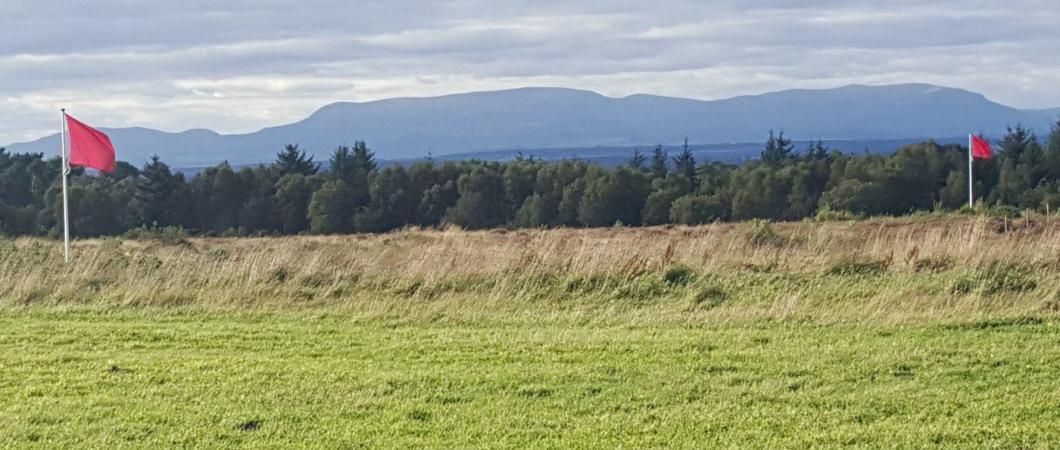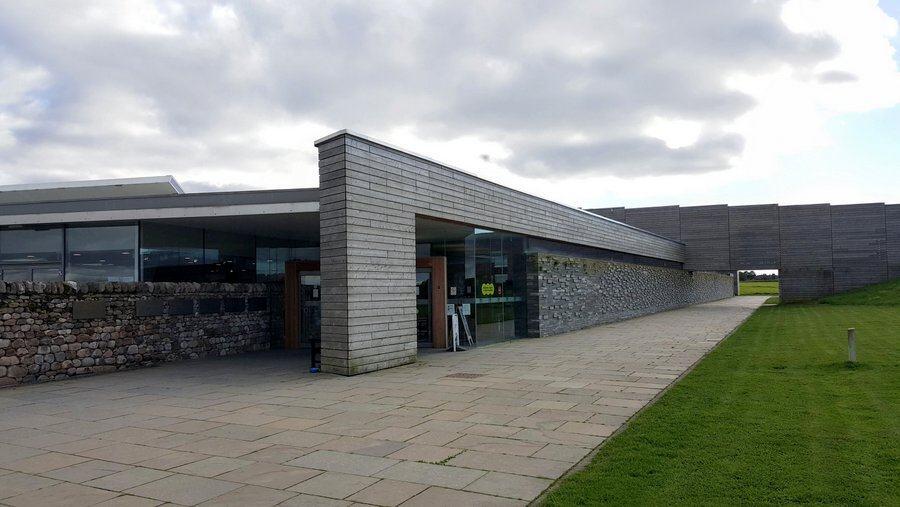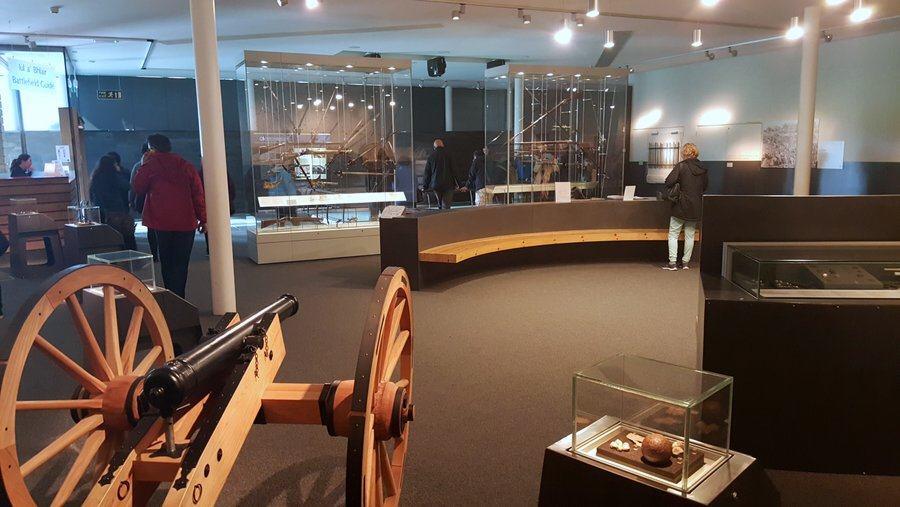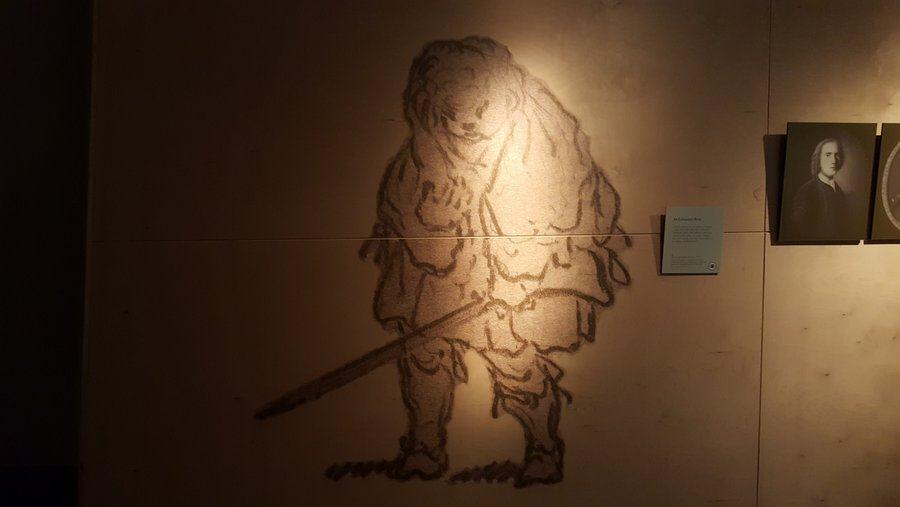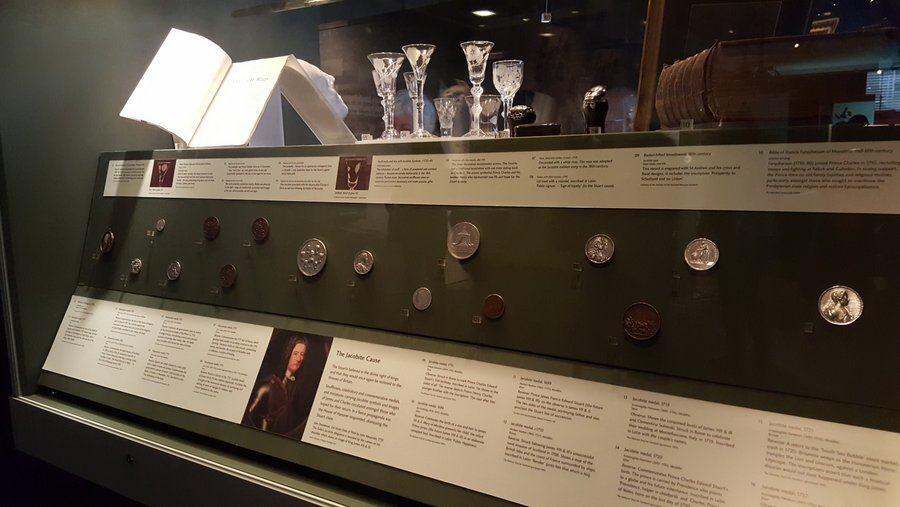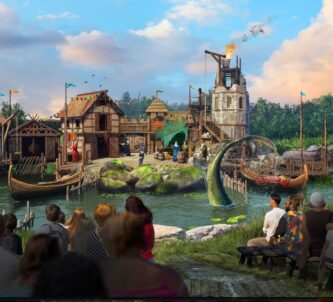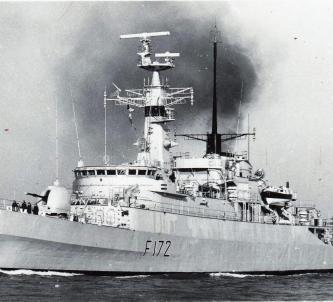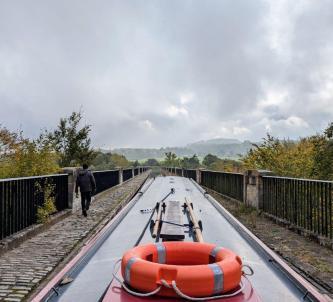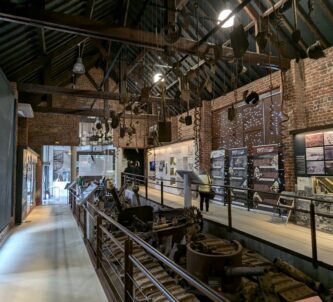If there’s one thing a visit to the Culloden battlefield reveals, it’s what a poor choice of ground Charles Edward Stuart (aka ‘Bonnie Prince Charlie’) selected for the last major battle fought on British soil.
It is flat and open moorland, that’s a start. But, given that the key battle tactic of his Jacobite army was the infamous ‘highland charge’, the large patches of boggy swamp in the middle, should have warned him off.
The Battle of Culloden was fought on 16 April 1746 between two armies representing two royal houses, Stuarts & Hanoverians, religions, Catholic & Protestant, and status, rebels & incumbents (“loyalists”), vying for the crown. It was a key & decisive moment in British history that still arouses passionate feelings and debate 271 years later, and its quick & bloody outcome determined not only the future of Britain, but also, some argue, America and the world.
On paper, the Government army (loyalists) under the command of William Augustus, Duke of Cumberland, and the Jacobite army were roughly matched. Not in numbers – Government 7,800 / Jacobite 5,250 – but in weaponry and experience. What made the grisly difference on the day was the choice of battleground and the condition of the men.
The night before, Charles Stuart had quite cleverly attempted to surprise and overwhelm the Government army encamped 20 miles away at Nairn. Unfortunately the Jacobites set off late and took too long stumbling around in the dark to arrive at dawn and catch the enemy unprepared. The attack was called off and the Jacobite army trudged back in the cold rain to Culloden. As a result they were tired hungry and cold when the Government army arrived at Culloden, well-rested & fed.
What followed was a truly vicious clash of arms ending in the rout of the Jacobites. It was all over in 60 minutes. Somewhere around 2,000 Jacobites were killed, while less than 300 Government troops suffered the same fate. The remains of the Jacobite rebellion were ruthlessly pursued and a highland culture extinguished.
So what’s there now?
Well, the site is run by The National Trust for Scotland. It has a rather impressive, modern visitor centre that sits well in the landscape without dominating it, and the battlefield site itself with the start positions of the armies marked clearly with red (Government) & blue (Jacobite) flags.
The visitor centre takes visitors on a trail through the history leading up to the battle, with interactive panels giving voiced accounts from the time. It’s quite evocative and conveys a real sense of the bedraggled state of mind and body of the highlanders in the Jacobite army before and after the catastrophic battle.
There’s also a room with a 360° audio visual experience of the chaos of battle.
The building also houses many of the artifacts found at the site and others, such as documents, weapons and possessions related to the battle.
There’s also a large video map showing exactly how the battle unfolded in detail¹. It’s probably the best way to fully understand how the battle went so badly wrong for the Jacobites.
The battlefield itself is interesting and evocative, but difficult to understand the layout unless you make use of the GPS-triggered tour device, which guides visitors round the battlefield. It includes an audio-commentary, dramatised eyewitness accounts and relevant images… or you have an official guide with you.
We did; Ian Deveney from Inverness Custom Tours who managed to explain the significance of what we were looking at in a short space of time – as so often happens, we were on a tight schedule! But there was time for Ian to give a demonstration² of highlander weaponry and dress.
Declaration – I was on a press group tour organised by Inverness Tourism, so transport, entry, and guiding were provided. As usual, that doesn’t make a blind bit of difference to what I say about it!
¹ Video extract of battle presentation in Visitor Centre
² Video of guide, Ian Deveney, demonstrating the highland weapons & dress.
Factbox
Website:
http://www.nts.org.uk/Visit/Culloden
Events:
There is a programme of talks, tours and other events, on the NTS Culloden website.
Getting there:
Culloden Battlefield, Culloden Moor, Inverness, Highlands, IV2 5EU.
Culloden is just outside Inverness (5 miles) and is really only reachable by car (or bike!) off the A9/B9006. It’s easy to find with lots of brown tourism road signs pointing the way.
Price:
NTS Members: Free
Adult: £11.00
Family: £26.00
Single Adult Family: £22.00
Concession: £8.50
The battlefield itself is free. The entry fee is for the visitor centre, its collection of artifacts, its interpretation, and its other services (tours, events, guides).
Parking is Pay-&-Display £2.
Opening Hours:
The battlefield is open all year.
Visitor Centre
1 Feb – 31 Mar, daily,10:00-16:00
1 Apr – 31 May, daily, 9:00-17:30
1 Jun – 31 Aug, daily, 9:00-18:00
1 Sep – 31 Oct, daily, 9:00-17:30
1 Nov – 23 Dec, daily, 10:00-16:00.
Tour Guide Ian Deveney
Inverness Custom Tours
www.invernesscustomtours.com
[amazon_link asins=’0712668209,0199664072,1910948098,B017HL1X1E,0349138656,0140253505,B006K1Y4XM,B00VJK6V30,1509811478|1848846878,0199664072,1841764124,B0051FF0OK,0712668209,B006K1Y4XM,B00VJK6V30,B01MY0P6OE’ template=’ProductCarousel’ store=’mechtraveller-21|mechtraveller-20′ marketplace=’UK|US’ link_id=’f31ca993-f79c-11e7-b139-e1283c2283b5′]

